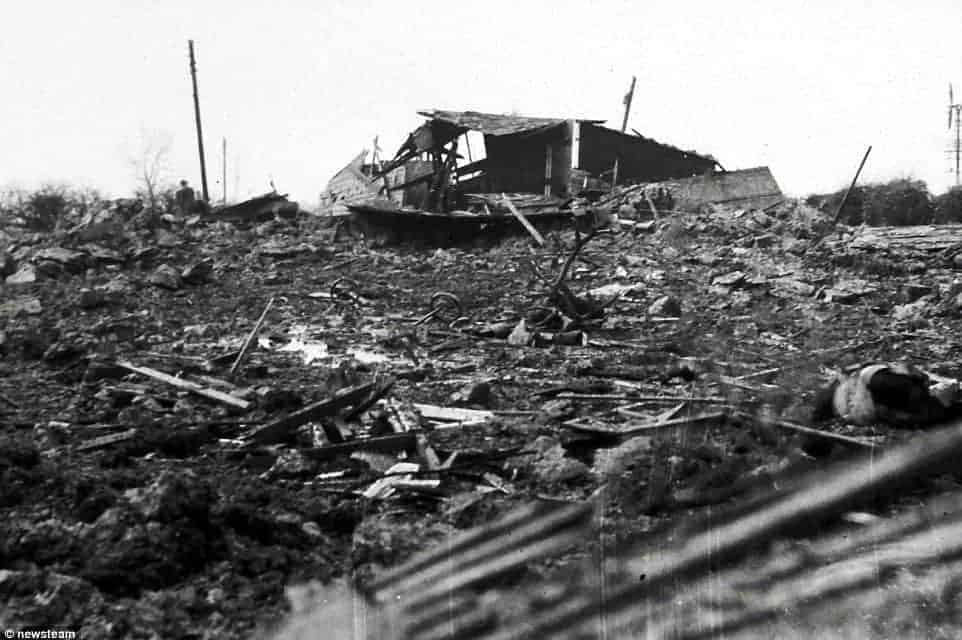In 1944 the RAF Fauld was a Royal Air Force underground munitions storage depot and it was located 10 miles north east of Rugeley, Staffordshire, England and 2 miles south west of Tutbury, Staffordshire. It was built in 1939 and it was controlled by the No. 21 Maintenance Unit RAF. Towards the end of the war the number of people working at the munitions depot had dwindled drastically. Warm bodies were needed to fight in the war and managing the underground munitions was becoming less and less of a priority. By November of 1944, there were a number of staff shortages and a vacant management position. In addition, the staff that was at the munitions depot partially comprised of 189 Italian POWs who were not only inexperienced but largely untrained in the jobs that they were supposed to be performing.
The RAF Fauld at the time consisted of 180,000 square feet of seemingly endless 20-foot-wide corridors with 12 foot high ceilings. The site was used to store high explosive bombs, weapons and millions of rounds of rifle ammunition. With the lack of men to properly manage the munitions depot there were numerous corners cut and the bombs were densely packed into all the corridors. There were weapons of nearly every kind used in the war stored somewhere within the long tunnels. The ‘clear air’ was kept at a cool 55 F and men worked around the clock to keep the RAF supplied with bombs for the war effort.

Much of that changed on November 27th, 1944. At about 11 am a man was using a brass chisel to remove a detonator from a live bomb. For safety reasons, regulations required that only a wooden batten be used to remove detonators from live bombs. While no one can guarantee that this was the exact cause of the explosion, an eyewitness testified that he had seen a worker using a brass chisel. A 1974 investigation did determine that this was the most likely cause of the explosion. At 11:15 two massive explosions were witnessed and those outside at the time reported two massive columns of black smoke that formed a mushroom cloud. The cloud rose to several thousand feet and massive flames could be seen rising up at the bottom of the cloud.
Read on to find out what happened next and find out the lasting repercussions of this massive explosion.

